Care & Maintenance
Crafted to Last
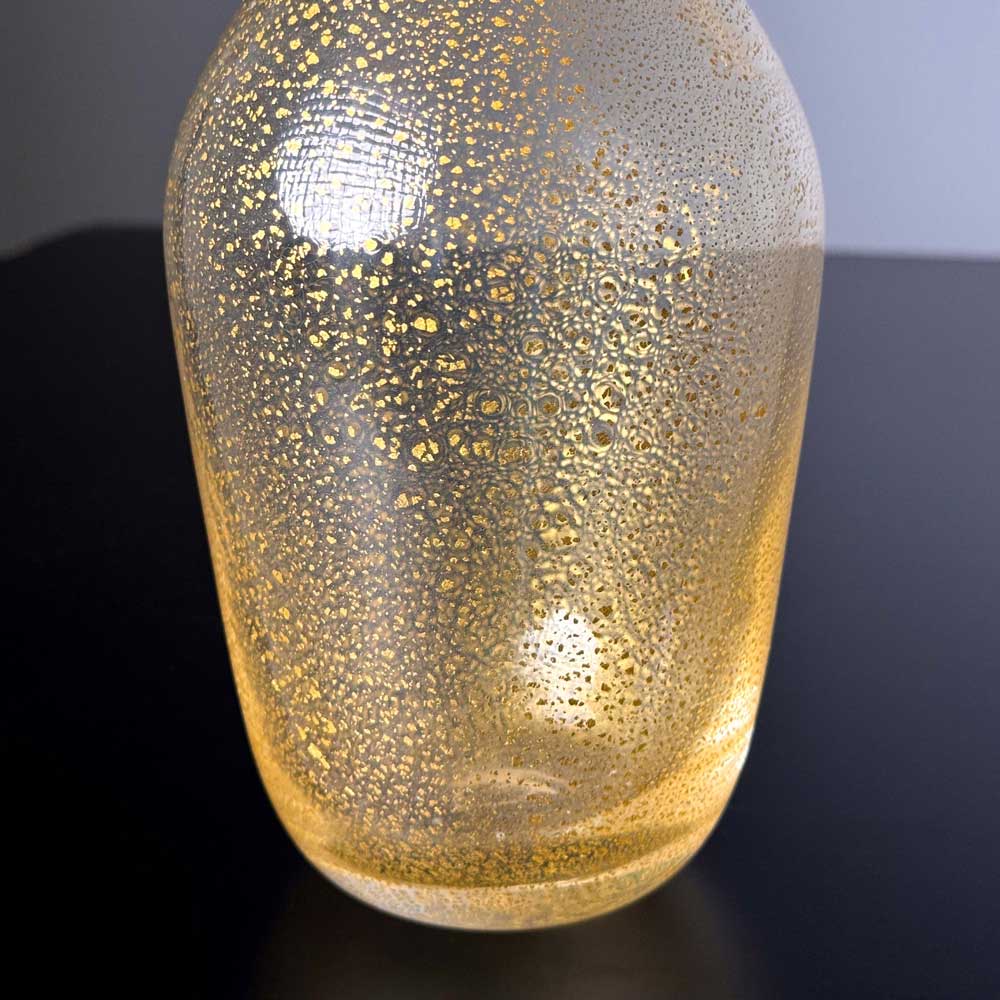
01
- Gentle cleaning: hand-wash in lukewarm water with a few drops of neutral soap; never use abrasive sponges;
- One piece at a time: avoid immersing several objects in the same sink, they will scratch each other;
- Dry immediately with a soft cloth to prevent streaks;
- Steer clear of thermal shock: no boiling water, no freezer.
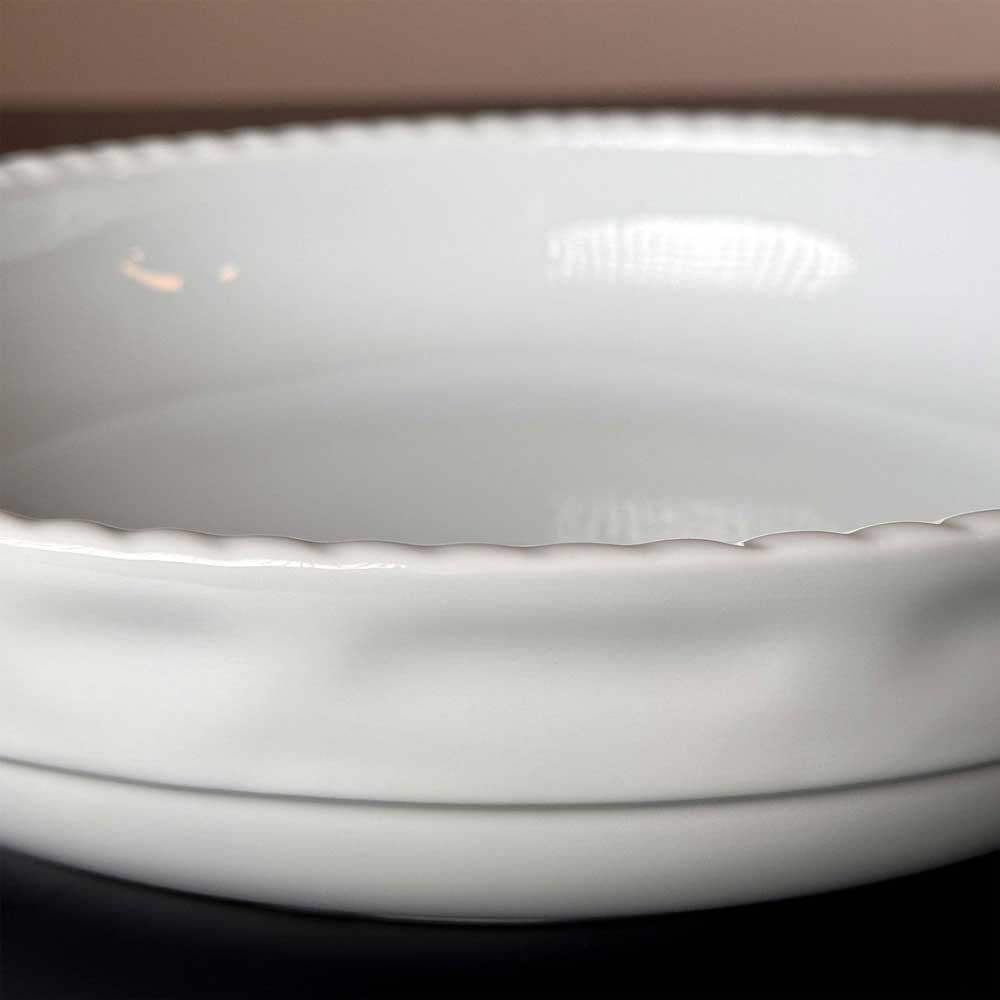
02
- Routine wash: warm water and a mild detergent, followed by a thorough rinse.
- Avoid cleaners containing acids, bleach or ammonia; they dull the glaze and grout lines;
- Dry or at least wipe down to prevent limescale spots;
- Keep away from temperatures above 100°C.
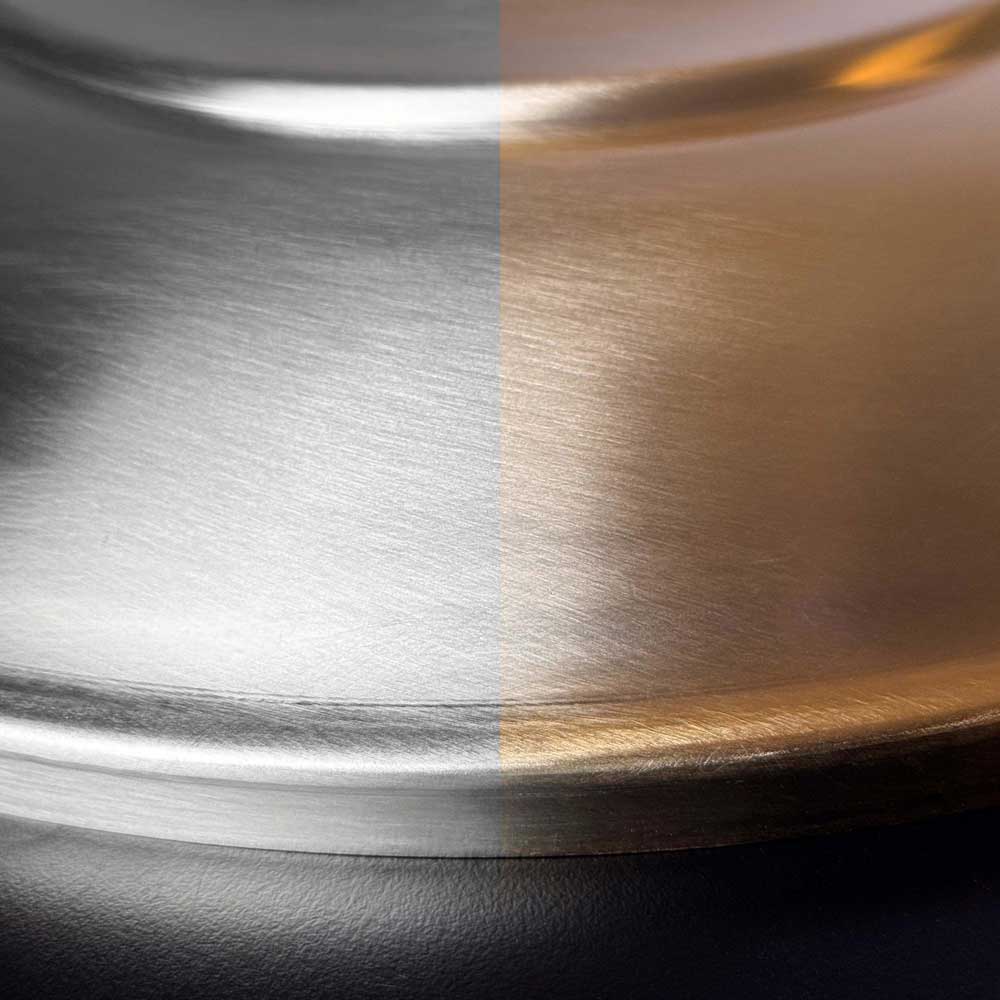
03
- Dust with a dry microfibre cloth the lacquer layer is delicate;
- When needed, clean with lukewarm water and neutral soap, then dry thoroughly;
- Never use solvents or abrasives: they damage the lacquer and the gold beneath;
- If scratches appear, seal the metal with a thin touch-up coat of clear lacquer.
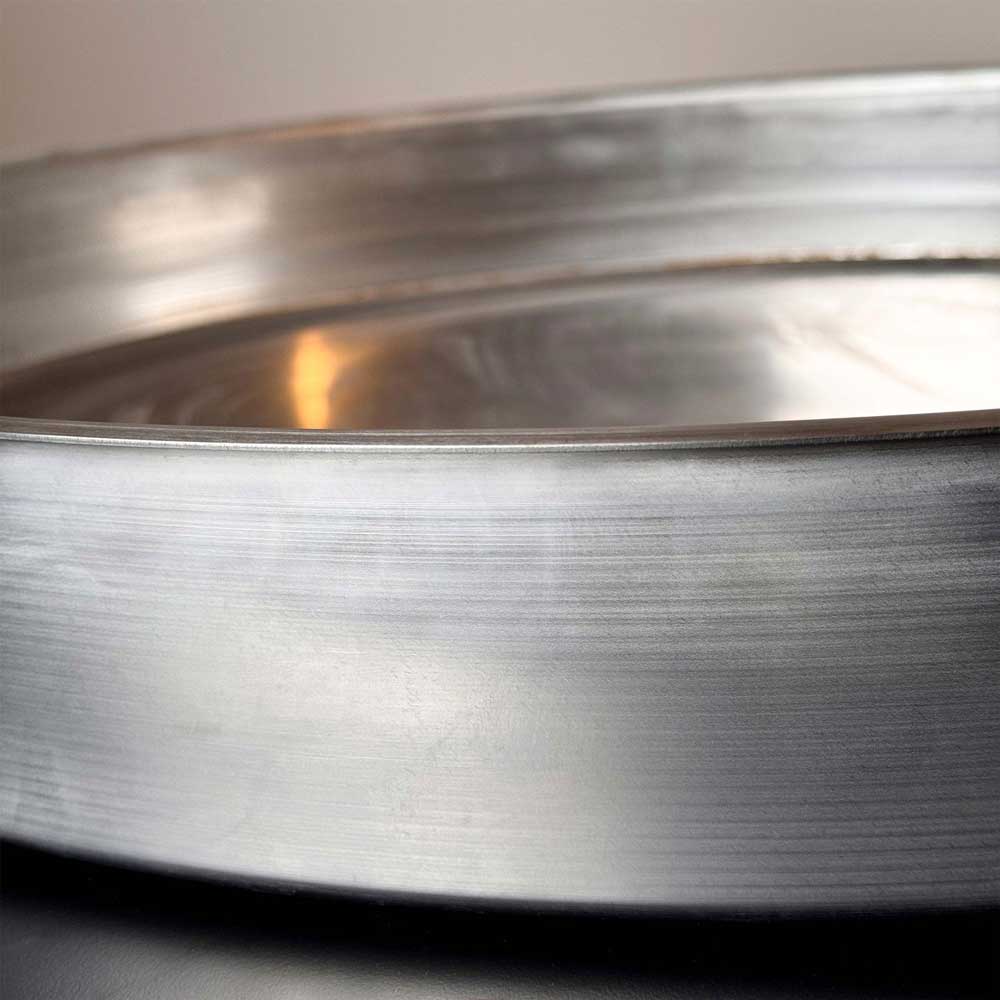
04
- Clean with a microfibre cloth and a chloride-free stainless-steel cleaner; rinse and dry;
- Never use metal scouring pads: they scratch and leave iron particles that can trigger rust;
- If rainbow stains or dullness appear, give the surface a monthly deep clean with a paste of baking soda and water, then rinse well.
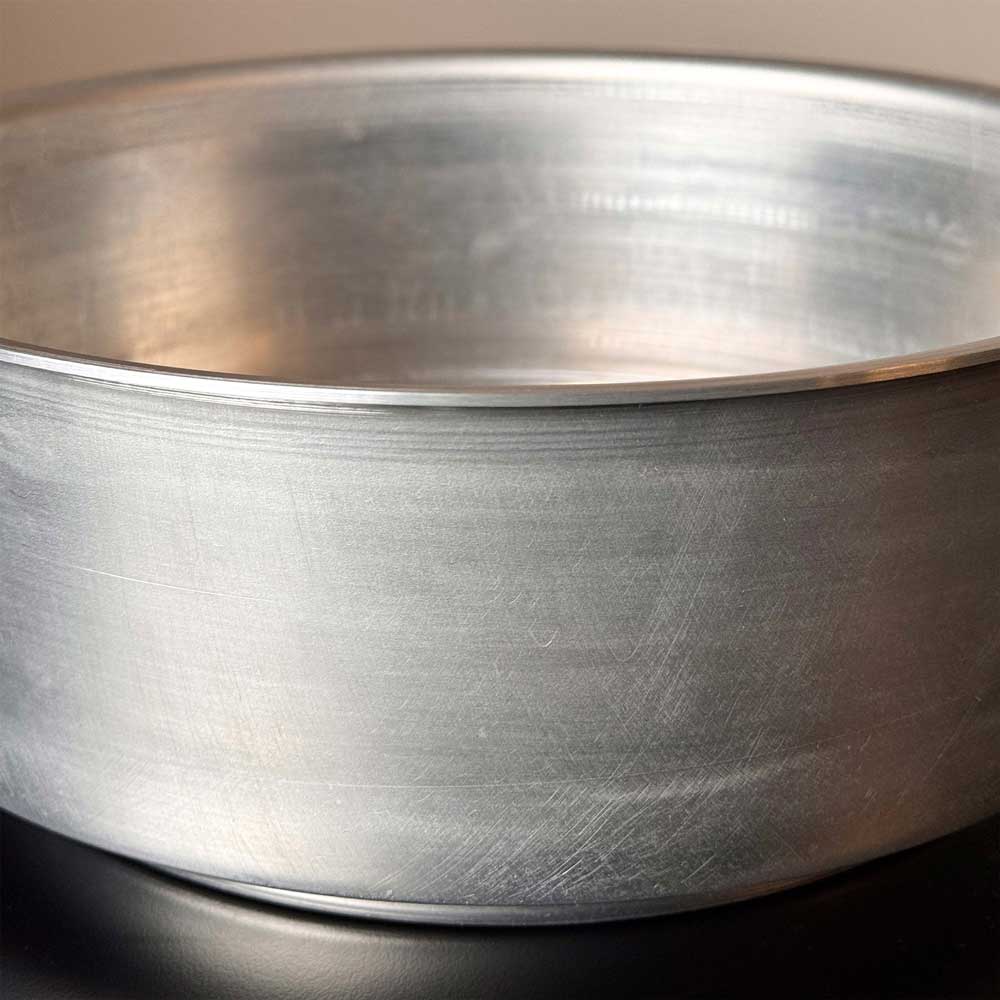
05
- Aluminium naturally forms a thin oxide layer that protects: it do not strip it with harsh products;
- Wash with lukewarm water and neutral soap; dry to minimise water marks;
- Scratches regenerate their own oxide layer; for extra shine, apply a light coat of neutral protective wax.
01
- Gentle cleaning: hand-wash in lukewarm water with a few drops of neutral soap; never use abrasive sponges;
- One piece at a time: avoid immersing several objects in the same sink, they will scratch each other;
- Dry immediately with a soft cloth to prevent streaks;
- Steer clear of thermal shock: no boiling water, no freezer.
02
- Routine wash: warm water and a mild detergent, followed by a thorough rinse.
- Avoid cleaners containing acids, bleach or ammonia; they dull the glaze and grout lines;
- Dry or at least wipe down to prevent limescale spots;
- Keep away from temperatures above 100°C.
03
- Dust with a dry microfibre cloth the lacquer layer is delicate;
- When needed, clean with lukewarm water and neutral soap, then dry thoroughly;
- Never use solvents or abrasives: they damage the lacquer and the gold beneath;
- If scratches appear, seal the metal with a thin touch-up coat of clear lacquer.
04
- Clean with a microfibre cloth and a chloride-free stainless-steel cleaner; rinse and dry;
- Never use metal scouring pads: they scratch and leave iron particles that can trigger rust;
- If rainbow stains or dullness appear, give the surface a monthly deep clean with a paste of baking soda and water, then rinse well.
05
- Aluminium naturally forms a thin oxide layer that protects: it do not strip it with harsh products;
- Wash with lukewarm water and neutral soap; dry to minimise water marks;
- Scratches regenerate their own oxide layer; for extra shine, apply a light coat of neutral protective wax.






